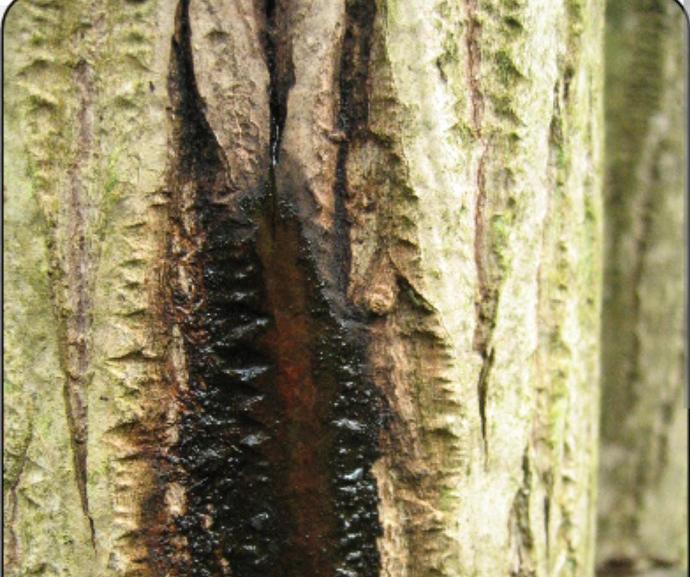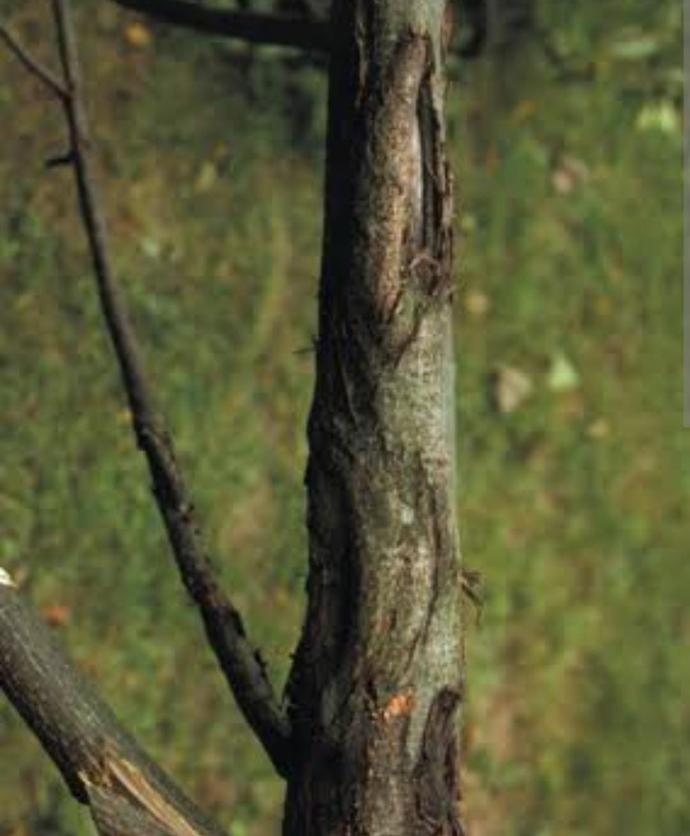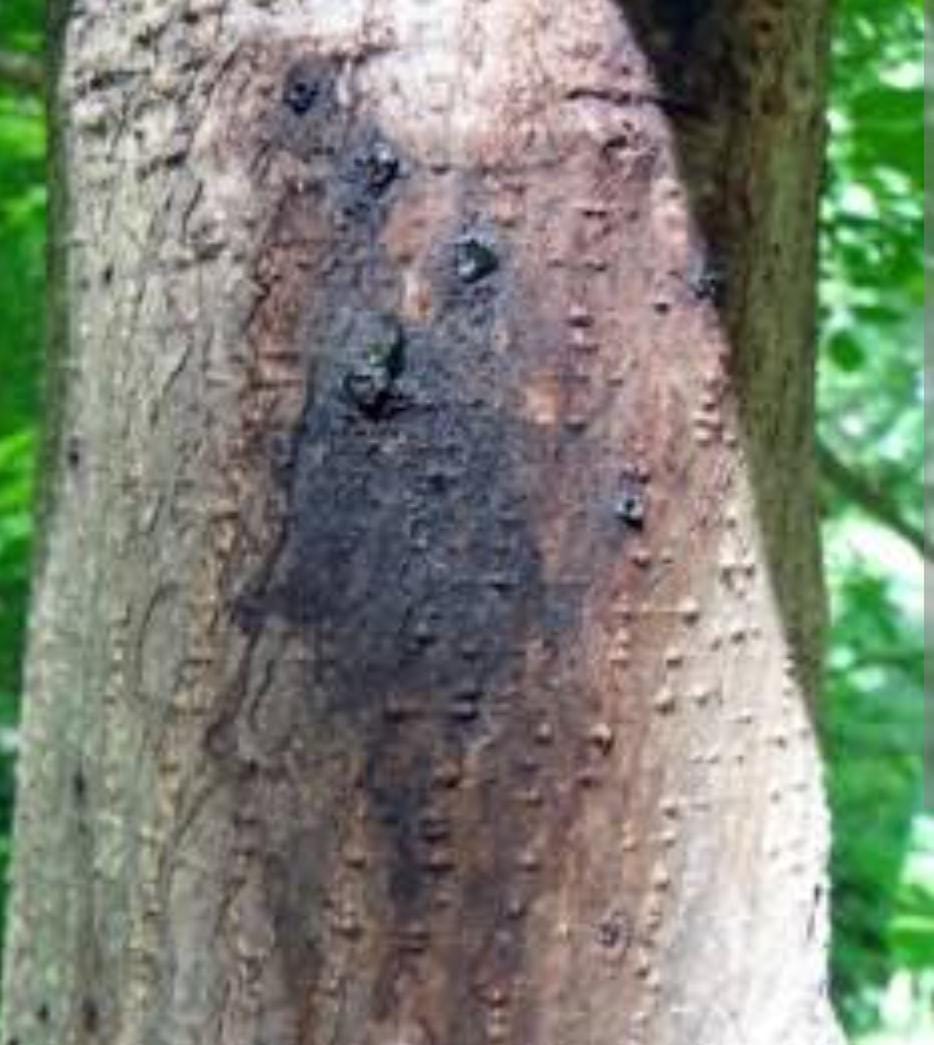Bitternut Hickory
Bitternut hickory trees, 50-70 feet tall in Zones 4-9, exhibit moderate growth in well-drained soil and full sun. The nuts produced by bitternut hickories are edible, though they have a bitter taste.
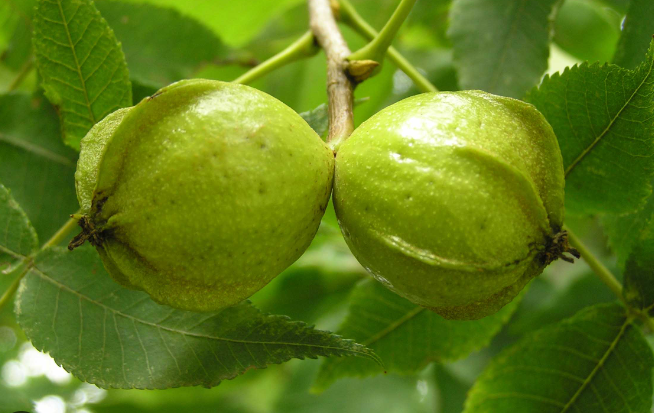
Habit
Tree
Height
15-30 m
Growth
Moderate
Soil
Well-drained, sandy
Shade
Full Sun
Moisture
Moderate
Edible
Yes
Medicinal
No
Origin
North America
Climatic Condition
Temperate
Temperature (°)
10-20°C
Humidity (%)
50-70%
Potting media
Loam + Sand
Fertilizers
Balanced NPK (10:10:10)
Watering
Regular watering
Plant Weight
1-2 kg
Flowering Time
Spring to Fall
Soil Ph level
6.0-7.5
Water Ph level
6.5-7.5
Soil EC
0.9 dS/m
Yield Per Plant
Low yield
NPK ratio
10:10:10
life Span
50-100 years
Health Benefits
Edible nuts, wood used in furniture
Suggested Grow Media or Potting Mix ?
60% loam, 20% sand, 20% compost
Suggested Fertigation/Fertilizers
Fertilize annually with a balanced, slow-release tree fertilizer.
Common Diseases and Remedies
butter nut canker.
sunken and black, with white margins and folds of bark around the edge.
pruning
HEALTH BENEFITS
· Rich in antioxidants that support heart health
· Provides healthy fats beneficial for brain function
· May have anti-inflammatory properties
What is Bitternut Hickory?
The bitternut (Carya cordiformis) is a species of walnut native to Eastern North America. It is a deciduous tree with a straight and narrow, rounded trunk that can grow up to 100 meters high. Bitternut is known for its yellow-green shell, which hardens as it ages. The leaves are mixed with 7-11 leaves arranged in pairs on the central stem. The leaves are spear-shaped and have serrated edges. Bitter nuts produce small, yellow-green flowers in spring, followed by small nuts with thin, bitter shells. Nuts are an important food for wildlife such as squirrels, squirrels and birds. The bitter nut is also valued for its bark and bark and is used in furniture, flooring and tool holders.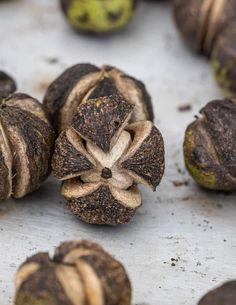
What Are The Different Types Of Bitternut Hickory?
1. Hickory variety. cordiformis:
This is a wild walnut variety. It has a straight body and a narrow, rounded crown.
2. Hickory variety. palmeri:
This variety is known for its larger leaves and fruits than other varieties.
3. * Hickory variety. papillosa*:
This species has distinctive papillae (small, raised bumps) on its leaves.
4. *Hickory variety. virescens *:
This variety is known for its green leaves.
5. Hickory variety. laciniosa:
The nuts of this variety, also known as shelled walnuts, are harder and larger than other varieties.
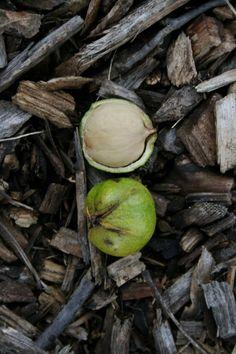
How To Care Bitternut Hickory?
Location
Bitternut hickory (Carya cordiformis) is native to eastern North America, primarily in the United States and Canada. It is usually found in moist, well-drained soils along rivers, floodplains and lowland forests. Bitter olives are found mostly in the eastern half of the United States, from Minnesota and Wisconsin in the north to Texas in the south and the Atlantic coast in the east. It is also found in southern Ontario, Canada.
Sun light
Bitternut hickory (Carya cordiformis) generally prefers full sun to partial shade. In its habitat, it is usually found in open woodlands or forest edges where it receives sufficient sunlight. However, it can tolerate some shade, especially when young. In urban or suburban landscaping, bitter walnut trees are often planted as ornamental trees in the yard or street where they receive all the sunlight.
Soil
Bitternut hickory (Carya cordiformis) prefers moist, well-drained soil rich in organic matter. It can adapt to many soil types, including loam, sandy or clay, as long as it has good drainage. Sweet walnuts are found in lowland and coastal forests where the soil is generally moist and fertile. However, once established, it can also tolerate dry pain. The pH of the soil should be slightly acidic to neutral (pH 5.5 to 7.0).
Hydration
Bitternut hickory (Carya cordiformis) trees generally prefer moist soil, especially when they are young and developing roots. However, once established, they can tolerate drought. It is important to plant bitter walnut trees regularly during their first few years to help them establish a strong foundation. As long as they are then planted in well-drained soil, they should be able to withstand dry periods without the need for additional watering. However, during long droughts, additional watering is required to prevent stress and keep the plant healthy.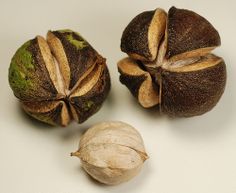
Nourishment
Bitternut hickory (Carya cordiformis) trees benefit from regular pruning, especially when they are young and their roots are developing. Balanced, slow work can be used in spring to encourage good growth. It is important to follow the manufacturer's instructions regarding application time and timing. Additionally, bitter walnut trees can benefit from mulch around the base of the tree to help retain moisture and reduce weeds. Organic mulch, such as sawdust or shredded bark, is ideal for this purpose.
Issues
1. Canker sores: Bitter walnut trees are susceptible to various diseases caused by fungi such as Hypoxylon and Nectria. These diseases can cause dead branches and cankers, which can result in reduced growth and complete loss of the tree.
2. * Powdery mildew*: Powdery mildew is a fungal disease that affects the leaves of the bitter walnut tree, causing a white powdery coating on the leaves. Although this is not a serious problem, serious infection can cause enlargement and strengthening.
3. Hazelnut Weevil: Bitter walnut trees can be affected by hazelnut beetles, which damage the hazelnuts and reduce their quality. This affects the tree's ability to reproduce and spread.
4. Root Rot: Bitter walnut wood rot is caused by various fungi such as Armillaria and Phytophthora. This can result in reduced growth and complete loss of the tree.
What are the benefits of Bitternut Hickory Plant?
Bitter walnut (Carya cordiformis) tree has many benefits:
1. Wildlife Habitat: Bitternut trees provide food and habitat for many wildlife species, including birds, squirrels, squirrels and deer. Nuts are an important food source for many animals, and dense vegetation provides shelter and nesting sites
2. * Wood Products *: Bitternut hickory is valued for its strength, durability and impact resistance; This makes it ideal for use on furniture, flooring, appliances and other products.
3. * Preventing Erosion*: Bitternut hickory helps stabilize soil and prevent erosion, especially in riparian and riparian areas.
4. Aesthetic Value: The bitter walnut tree is valued for its attractive leaves (which turn yellow in autumn) and its distinctive light green bark.
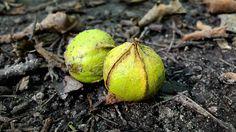
FAQs About Growing Bitternut Hickory
1. How to care for bitter walnut plants?
Processing bitter walnut (Carya cordiformis) plants involves several important steps:
1. * Water *: Newly planted bitter trees need regular watering, especially during the dry season, to help them develop a strong foundation. They can tolerate some heat once established, but it is important to provide additional water during the dry season.
2. Fertilization: Bitter walnut trees can benefit from regular fertilization, especially when they are young and establishing their roots. Balanced, slow work can be used in spring to encourage good growth.
3. Mulching: Mulching around tree roots can help retain moisture, reduce weeds, and improve soil quality. Organic mulch, such as sawdust or shredded bark, is ideal for this purpose.
4. Pruning: Macaroon walnut trees may need occasional pruning to remove dead or damaged branches, improve air circulation and keep the body healthy. Pruning should be done in late winter or early spring before new growth begins.
2. What is the use of the bitter walnut plant?
Bitter walnut (Carya cordiformis) The wood has many uses:
1. * Wooden Products *: Bitter walnut wood is valued for its strength, durability and effect. It is used in the production of furniture, flooring, tool holders and other products requiring strong, hard wood.
2. Wildlife Habitat: Bitternut trees provide food and habitat for many wildlife species, including birds, squirrels, squirrels and deer. Nuts are an important food source for many animals, and dense vegetation provides shelter and nesting sites.
3. * Preventing Erosion*: Bitternut hickory helps stabilize soil and prevent erosion, especially in riparian and riparian areas.
4. Aesthetic Value: The bitter walnut tree is valued for its attractive leaves (which turn yellow in autumn) and its distinctive light green bark.
5. Carbon Sequestration: Like all trees, bitter walnut trees absorb carbon dioxide from the atmosphere and store it in their wood, helping to reduce climate change.
3. Can bitter walnuts be grown indoors?
Bitter walnut (Carya cordiformis) is a large deciduous tree that generally grows 60 to 80 feet tall and 40 to 60 feet wide. It is not suitable for indoor cultivation due to its size and growth. Bitter walnut trees need full sun and well-drained soil and are not well suited to indoor light and space. Additionally, bitter walnut trees have deep roots that do not change well, so it is best to plant them directly outdoors in a stable location. If you want to plant a walnut tree at home, you can consider various smaller trees that are better for growing at home, such as walnut (Carya illinoinensis).
4. What is the best type of pot to grow bitter walnut plants?
It is not recommended to grow the bitter walnut (Carya cordiformis) tree in pots due to its large and deep root system. Bitternut trees typically grow 60-80 feet tall and 40-60 feet wide, and their deep roots make them difficult to transplant. Additionally, bitter walnut trees need full sun and well-drained soil, which can be difficult to provide in pots. If you want to plant a walnut tree in a container, you can consider many smaller varieties, such as walnut (Carya illinoinensis), which are more suitable for container growing.
5. Where can I buy bitter walnut plants?
Bitter walnut (Carya cordiformis) trees can usually be purchased from nurseries that specialize in trees or shrubs. You can find these at some garden stores and online stores that sell trees and shrubs. When purchasing a bitter walnut tree, it is important to choose a reputable nursery or store that sells healthy, mature trees. You may also consider purchasing trees native to your area because they will thrive in your region's climate and soil.
